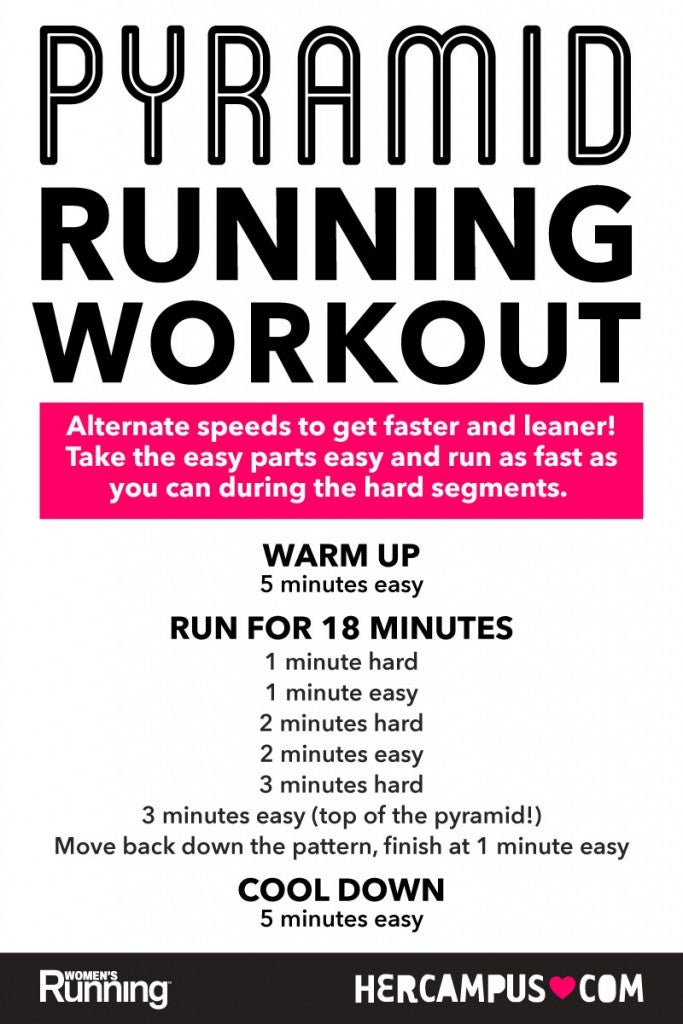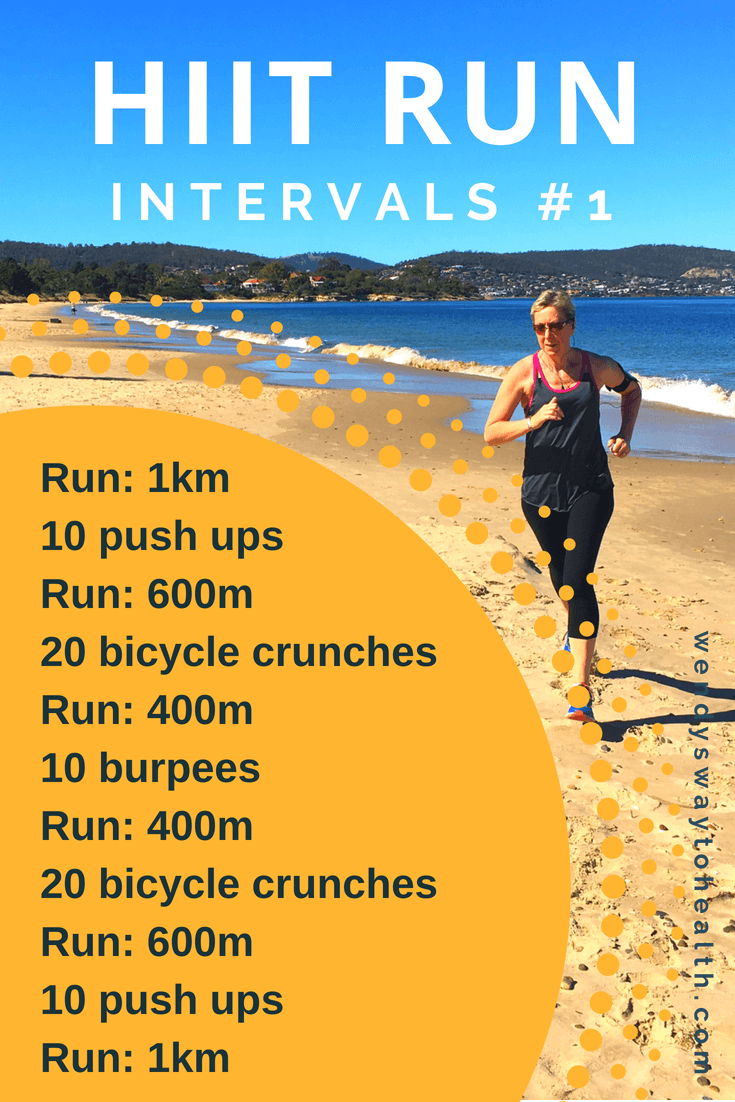Control Your Runs: Proven Strategies for Effective Running Workout
Control Your Runs: Proven Strategies for Effective Running Workout
Blog Article
How to Protect Against and Manage Pain in Operating: Professional Tips and Suggestions
The pursuit of that runner's high can in some cases be hindered by the unwelcome companion of discomfort. There exist tested approaches and experienced suggestions that can assist minimize and manage these pains, permitting you to focus on the happiness of running itself.
Significance of Appropriate Shoes
Correct shoes plays an essential duty in preventing and taking care of discomfort for runners, as it dramatically impacts their convenience, performance, and overall foot wellness. When it involves running, using the right footwear can make all the difference. Ill-fitting or inappropriate footwear can cause a host of issues such as sores, shin splints, plantar fasciitis, and a lot more extreme injuries like stress and anxiety fractures.
Selecting the proper operating footwear includes taking into consideration aspects such as foot type, stride technicians, running terrain, and personal choices. Runners with high arcs might need more padding and support, while those with level feet might gain from stability shoes. Furthermore, comprehending pronation (the internal rolling of the foot) and supination (the outside rolling of the foot) can assist in picking shoes that supply the ideal level of arch assistance.
Buying top quality running footwear that are suitable for your specific demands can aid prevent discomfort and pain while enhancing your running experience. Prioritizing appropriate footwear is not almost efficiency yet also regarding safeguarding your foot wellness over time.

Reliable Warm-up Strategies
Shoes option is just one element of preparing for a successful run; an additional important aspect is implementing effective workout strategies to optimize efficiency and decrease the danger of injury. A dynamic warm-up regimen prior to a run assists enhance blood circulation to the muscles, improves versatility, and enhances the variety of motion of the joints. Dynamic extends like leg swings, high knees, and hip circles are beneficial in preparing the body for the physical demands of running. Slowly increasing the strength of the workout exercises can help activate the muscular tissues and improve neuromuscular control.
Along with vibrant stretches, incorporating some light cardio workouts such as running or skipping rope can even more elevate the heart rate and heat up the body. This combination of vibrant stretching and light cardio aids loosen up limited muscular tissues, lube the joints, and emotionally prepares the runner for the upcoming exercise (running strategy). By making warm-ups a constant component of your running routine, you can dramatically lower the threat of injuries and do at your finest during each run
Secret Extending Exercises
When planning for a run, integrating crucial stretching workouts is necessary to improve muscle flexibility and prevent injuries - Read More. Dynamic stretches such as leg swings, high knees, and hip circles are helpful for heating up the muscles and raising series of activity before a run. These motions assist boost blood flow, loosen tight muscles, and prepare the body for the task in advance
Fixed stretches like calf stretches, hamstring stretches, and quadriceps stretches ought to adhere to a run to assist in muscle healing and stop rigidity. Holding each go for 15-30 secs allows the muscular tissues to relax and extend, reducing the danger of post-run soreness and potential injuries.
Furthermore, incorporating yoga exercise positions like down pet, pigeon pose, and back twists can target multiple muscular tissue groups at the same time, advertising general versatility and stamina. Consistent stretching routines not just improve efficiency however likewise aid in preserving great running form and protecting against overuse injuries. Remember, appropriate stretching techniques are essential for a secure and delightful running experience.
Healing and Rest Approaches
After completing a run, applying reliable recuperation and remainder strategies is crucial for making the most of performance and decreasing the risk of injuries. Additionally, including remainder days into your training schedule is crucial to prevent overuse injuries and burnout.
Active recuperation techniques such as gentle stretching, foam rolling, and yoga can aid enhance flow, minimize muscle mass pain, and enhance versatility. It is also beneficial to focus on hydration and nutrition post-run to renew electrolytes, glycogen shops, and advertise muscular tissue healing.
Cross-training tasks like swimming or biking can offer a break from the recurring impact of running while still preserving cardio physical fitness - running strategy. Listening to your body and recognizing when it needs a break is crucial to avoid persistent injuries and making certain long-term running success. Bear in mind, remainder is not an indication of weakness yet a critical element of an all-around training routine
Cross-Training Advantages

It enables you to function on different aspects of health and fitness that might not be targeted solely through running, leading to an extra balanced and well-rounded athlete. Additionally, cross-training can help enhance running effectiveness by addressing muscular inequalities and weaknesses that might impede performance.
Verdict
In final thought, correct footwear, warm-up techniques, extending workouts, healing methods, and cross-training are necessary components in stopping and taking care of pain in running. By integrating these techniques into your routine, you can decrease the risk of injury and discomfort while taking full advantage of performance and satisfaction of the sporting activity. Read More. Bear in mind to pay attention to your body, focus on rest and recuperation, and seek expert advice when required to make sure a risk-free and effective running experience
Report this page